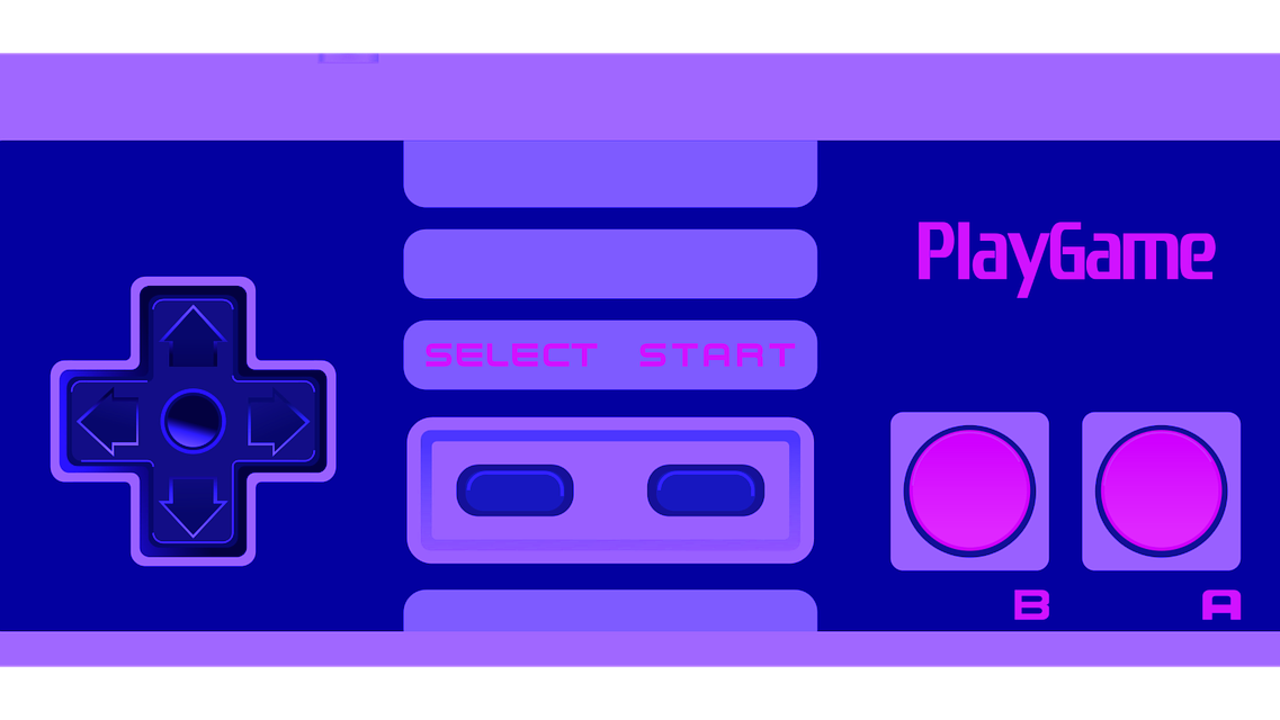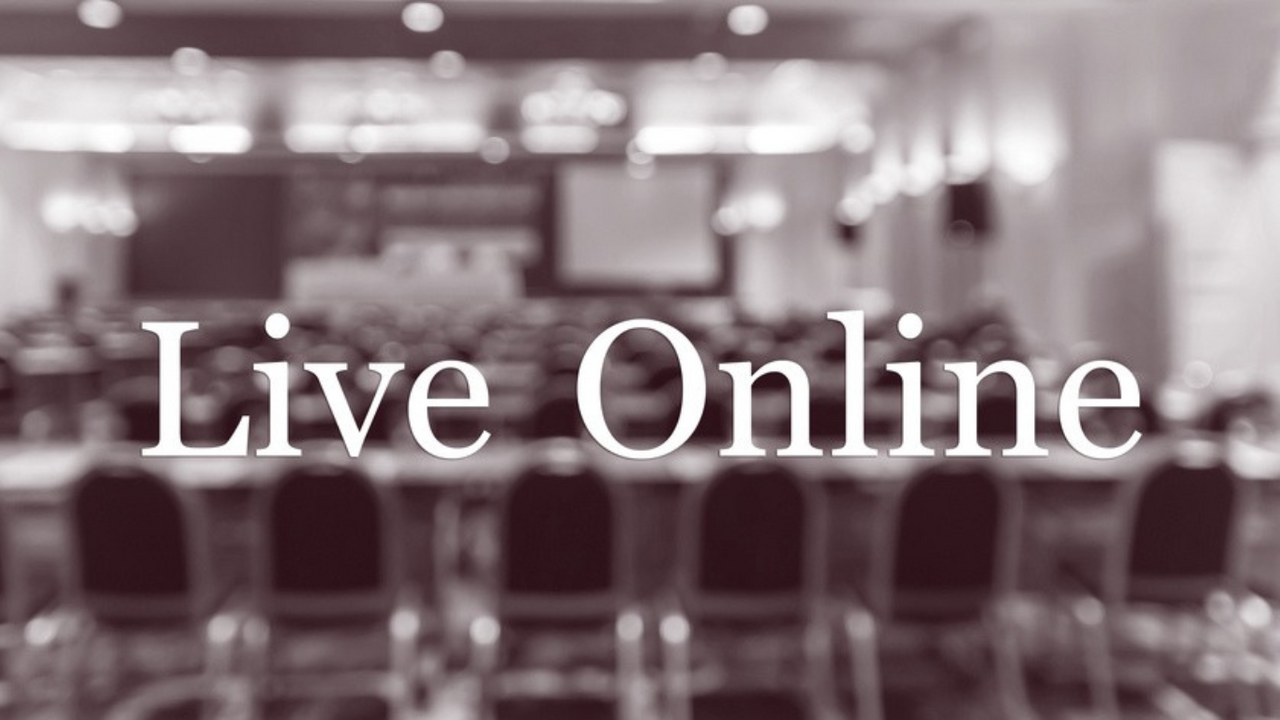Practical Tips. Useful Advice.
Sign-up to be the first to receive notification of new posts!
3 Gamification Tools for Audience Engagement

If you are a leader with an audience, you already know that engaging with the people in front of you is a critical part of the social experience. The humans in your in-person or virtual room want to be part of the conversation, not a vessel in which you are pouring information. And if you are teaching others, this engagement also serves to increase retention rates for your participants.
While there are bucketloads of methods for inviting participation, your options and choice will often depend on the size of your group, the purpose of your presentation, the audience composition, the time allotted, and your venue, to name a few.
For example, if your presentation is in a large theatre or auditorium with an audience of 300 and you have been offered 10 minutes on stage, you wouldn’t necessarily opt for audience engagement that involves moving about the room – theatre-style row seating and the timing do not lend themselves well for that freedom of movement,...
Creating an Online Course? Here's What you Need to Know - Part III

Part III - Production
In this third installment of our Creating an Online Course series, we’re going to be chatting all about the best practices for producing your content and then in Part IV, we will discuss how to incorporate beta testing models to ensure your course runs smoothly when it’s time to launch!
If you haven’t yet read Part I and Part II of this series, we highly recommend going back and getting those under your belt first so the tips and tricks we chat about in this article make more sense.
Let’s hop right in!
So now that you’ve put all of the content together in a manner that flows properly and meets your learning outcomes, it is time to film, record, and edit your online course.
For many, this is the most intimidating phase of online course development. Depending on the nature of your course, this may include getting in front of the camera, which can be daunting for many.
Before we get to filming though, let’s...
The Return of In-Person Events...Kind of!

Best Practices for Hybrid Events
As we make the triumphant return to in-person gatherings, we’re also beginning to see the return of live events. While it is certainly exciting to see the return of live group learning and especially the rise of hybrid type events, they’re not without their own set of challenges.
If you’re unfamiliar with the term hybrid event, it is the process of combining a live event with a virtual one, so that people can attend regardless of their location and level of comfort given ongoing concerns related to Covid-19.
While restrictions have been lifted in most places, there is still hesitation from many to travel or attend conferences where there are a lot of people in one place, making the hybrid structure a great avenue to accommodate a larger and more geographically dispersed audience.
Benefits of Hybrid Events
Aside from the obvious benefits for those feeling uncomfortable with in-person gatherings or events, there are several key...
How to Build Credibility and Trust as a Virtual Speaker

Building credibility and trust as a speaker is a lot more involved than simply including your credentials on your opening slide.
There is a science to earning respect with an audience and a few key steps to get you there:
- Arrive early - Greet your audience as openly as you would in person. Hiding behind slides and not being visible is ill-advised. Instead, turn on your webcam and be ready to present before your audience joins the virtual meeting room.
- Lead with something relatable - a story or scenario that you have experienced that lets your audience know you have been where they are. This lets them know that you are a trusted advisor that can get them where they want to go.
- Give them something first - Before you ask them to trust you, give them something of value, determine what is keeping them up at night and let them know how you can solve that problem.
- Provide solutions - It’s one thing to identify the problem, but unless you’re giving proven solutions, it...
Optimizing Online Learning - After the Event

In two previous blog posts, I shared tips for optimizing the online learning experience before the learning event takes place as well as during the actual learning event. If you present online to groups of participants within your organization, there are strategies within this series of three blog posts for increasing adoption rates during firm-wide policy rollouts or technology implementations or other internal training initiatives. If you are a business owner or consultant and you present online to your clients, you might find a nugget or three for maximizing audience engagement and ensuring your objectives are met.
Whether you present online within your organization or beyond, seek to understand your specific audience's preferences then apply best practices and only the very latest research on teaching and learning.
In this post, as with the others, you'll find a few ideas for optimizing the online learning experience for your...
Optimizing Online Learning - Ahead of the Event

I started my formal presentation experience, as many others, in boardrooms, classrooms and group settings, and then later, as technology advanced, in the online space. 15 years ago, I helped launch the Canadian operations of a global human capital management software company into the world of online facilitation.
At that time, we began delivering synchronous interactive webinars and virtual facilitator-led computer classroom sessions. It was pretty cool to watch attendees engage in actual hands-on activities as if in a physical computer lab. The facilitator could basically ‘walk’ around the virtual classroom and literally watch the participants perform a series of tasks on software programs they did not yet have on their own computers, all through the magic of technology. I immediately appreciated how that technology helped people learn using non-traditional methods and in an incredibly powerful and accessible manner.
I trained and mentored facilitators across...
3 Simple Networking Strategies That Will Make You a People Magnet

In those first few precious seconds of meeting someone new, they have already made dozens of assumptions about you.
Some of them might even be accurate.
Our amygdala, that part of our brain responsible for fight-or-flight, is wired to make decisions about our surroundings before our sensible thoughts can catch up. We immediately decide whether we like someone or whether we want to run away from them. We subconsciously calculate personal risks to our wellbeing and forecast various hypothetical scenarios in our minds based on very little information. Because of that, according to a large body of scientific research, our first impressions are most often inaccurate.
If people we meet are drawing conclusions about who we are and what we are like, wouldn’t you agree that it’s important to increase self-awareness of our non-verbal signals, our body language and facial expressions?
At a networking event, attendees are sizing up folks in the crowd,...
To Blog or Not To Blog

I’ve had the honour of facilitating professional development workshops and presenting education sessions and keynotes at conferences and other events many times over the past 20 years. This often affords me an opportunity to take in other speakers and to learn from the masters. After each event, I spend time reflecting on what went well, how I can improve, and general takeaways from the overall experience. I take notes while things are fresh for the purpose of revisiting them later, journaling about my personal and professional growth and making notes about adaptations for future speaking opportunities. Until now, these musing have been private. Until now.
What’s different? A lot. And in a very short period of time.
I started my own company earlier this year and have been nudged by people smarter than me toward blogging as a valuable tool in serving others. I love helping subject matter experts succeed and grow, so this got me thinking about a couple of...


